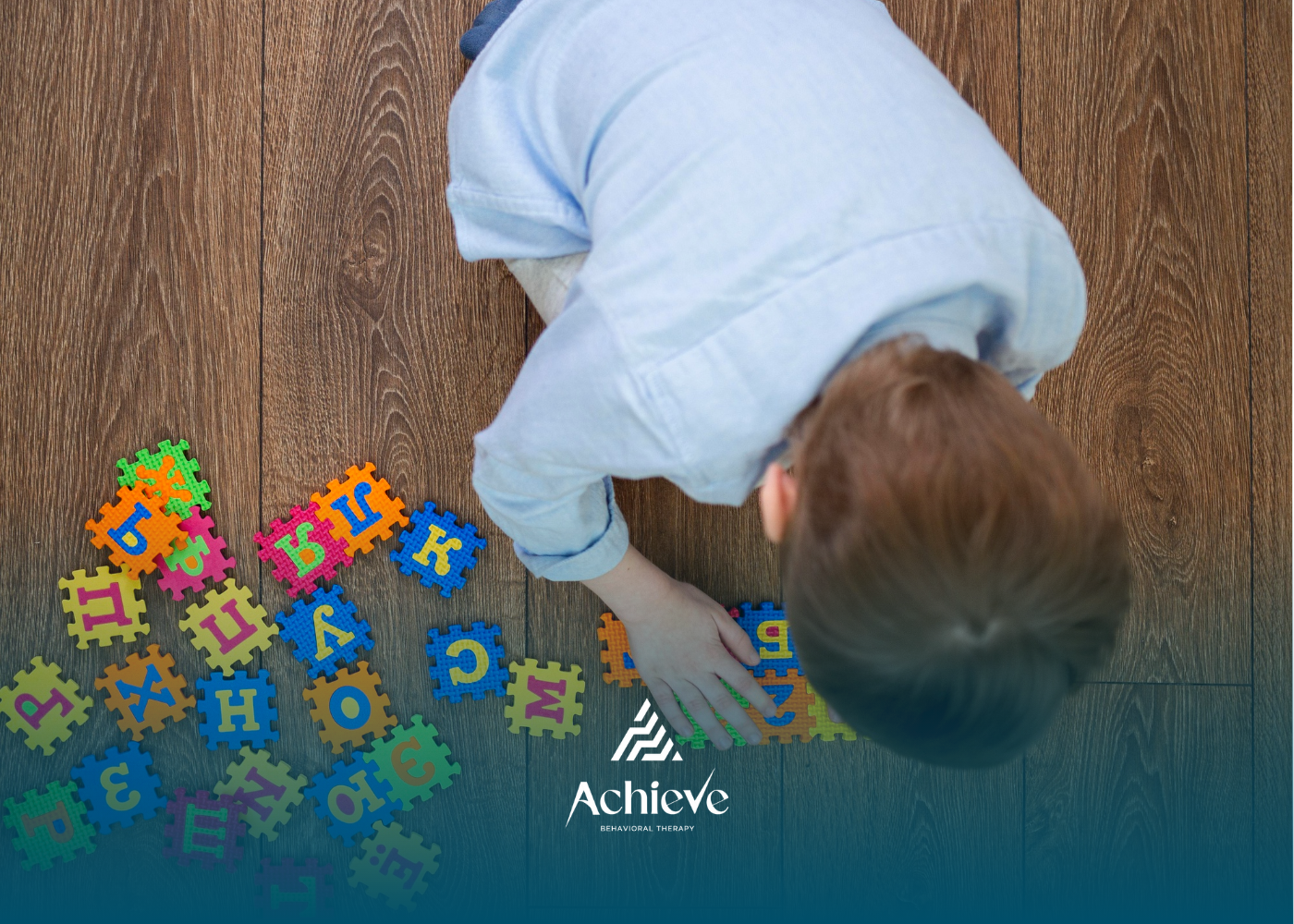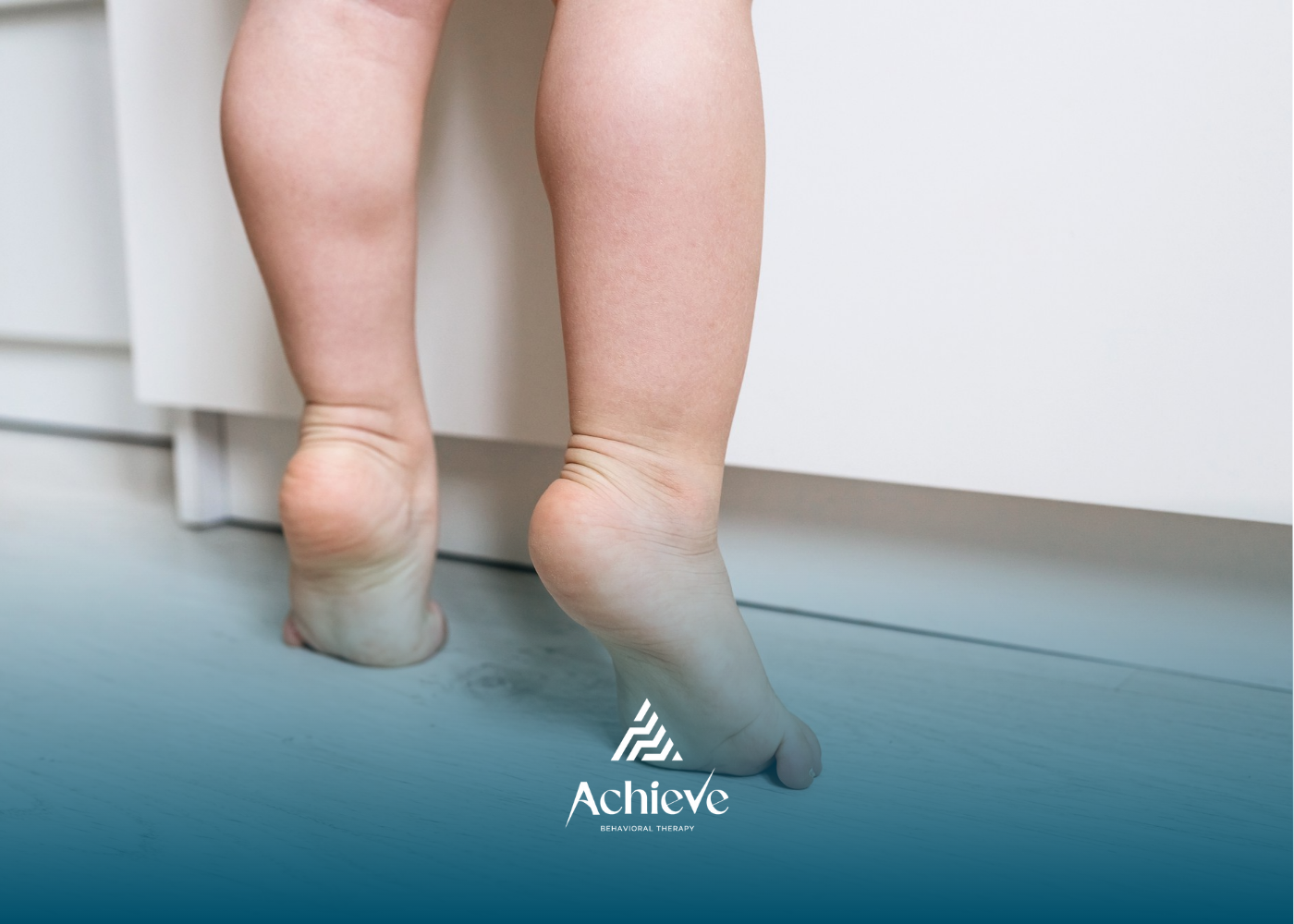Are All Autistic Children Nonverbal? Understanding Communication in Autism

A common misconception about autism is that all autistic children are nonverbal. In reality, autism spectrum disorder (ASD) affects communication in many different ways. Some children with autism develop strong verbal skills, while others may speak only a few words or remain nonverbal. Research shows that around 25–30% of autistic children may be minimally verbal, but this does not apply to every child on the spectrum.
Being nonverbal does not mean a child cannot communicate. Many nonverbal children use alternative methods, such as sign language, picture exchange systems, or speech-generating devices, to express their thoughts and needs. With the right support, these children can build meaningful connections with others.
Therapies like speech and language therapy, applied behavior analysis (ABA), and social skills training can encourage communication development. Families and caregivers also play an essential role in creating supportive environments where every child feels heard.
At Achieve Behavioral Therapy, we focus on each child’s unique strengths and provide personalized strategies to help them communicate—whether through words, gestures, or technology. Every child deserves the chance to be understood.
Frequently Asked Questions
Are all children with autism nonverbal?
No, not all autistic children are nonverbal. Many develop verbal skills, while others may use alternative communication methods.
What does nonverbal autism mean?
Nonverbal autism refers to children who have significant difficulty developing spoken language and may rely on gestures, pictures, or devices to communicate.
Can nonverbal children with autism learn to communicate?
Yes, with support such as speech therapy, augmentative communication tools, and behavioral therapy, nonverbal children can develop effective ways to express themselves.
Need Support?
We're Here to Help!
Our experienced team is ready to assist you. Reach out today to discuss how we can support your child's development and well-being.
Get started with expert ABA therapy today.










